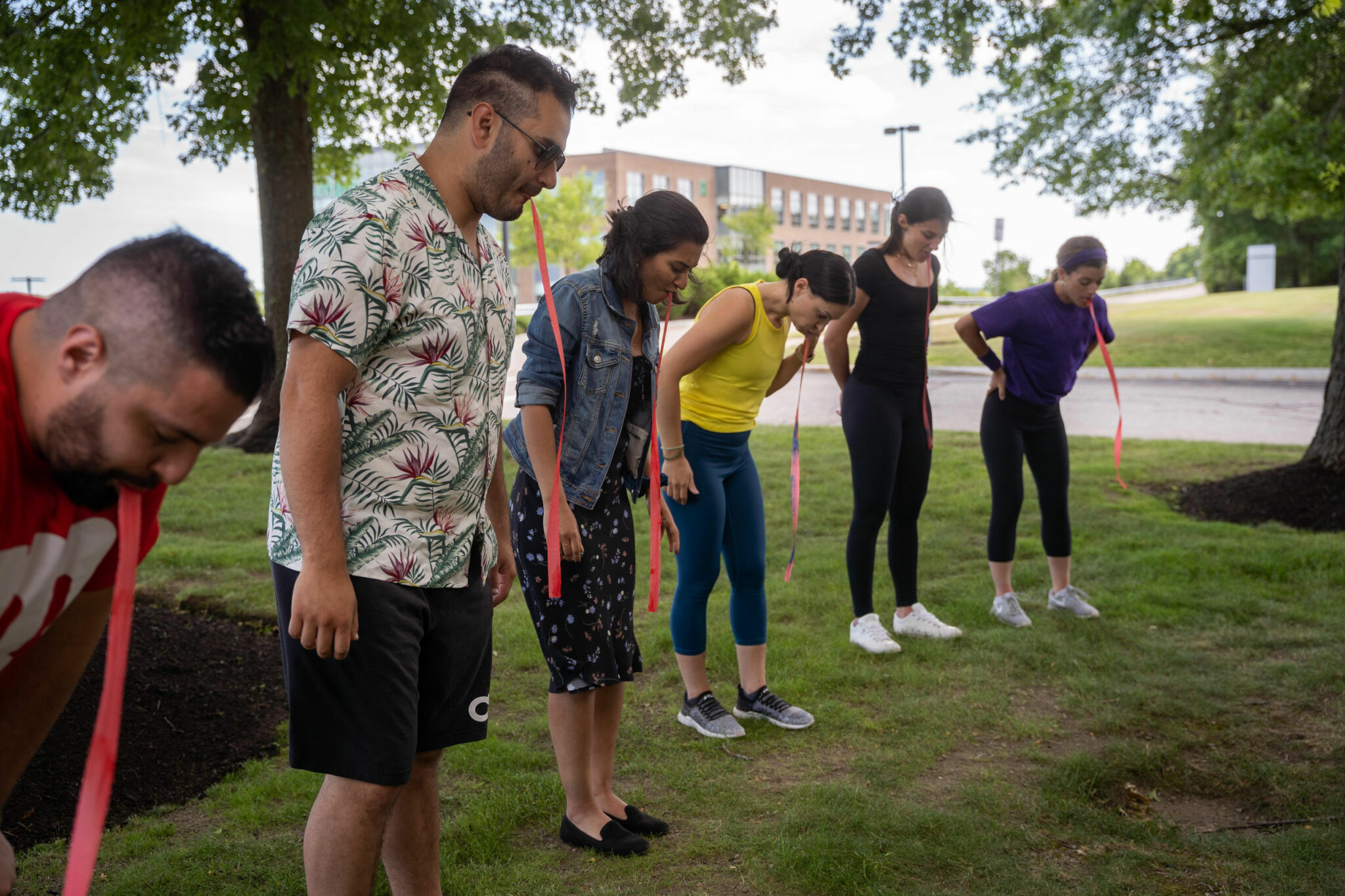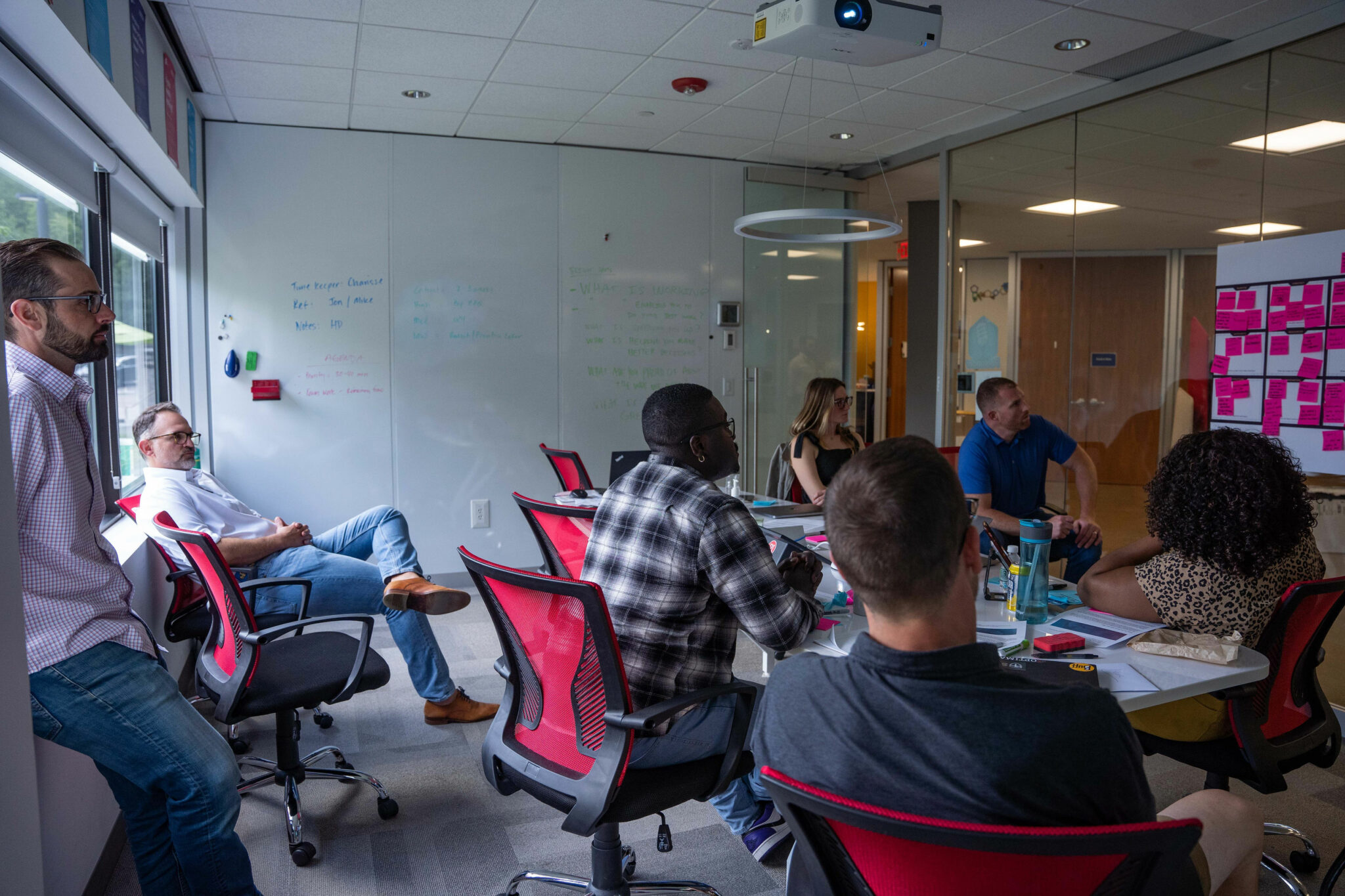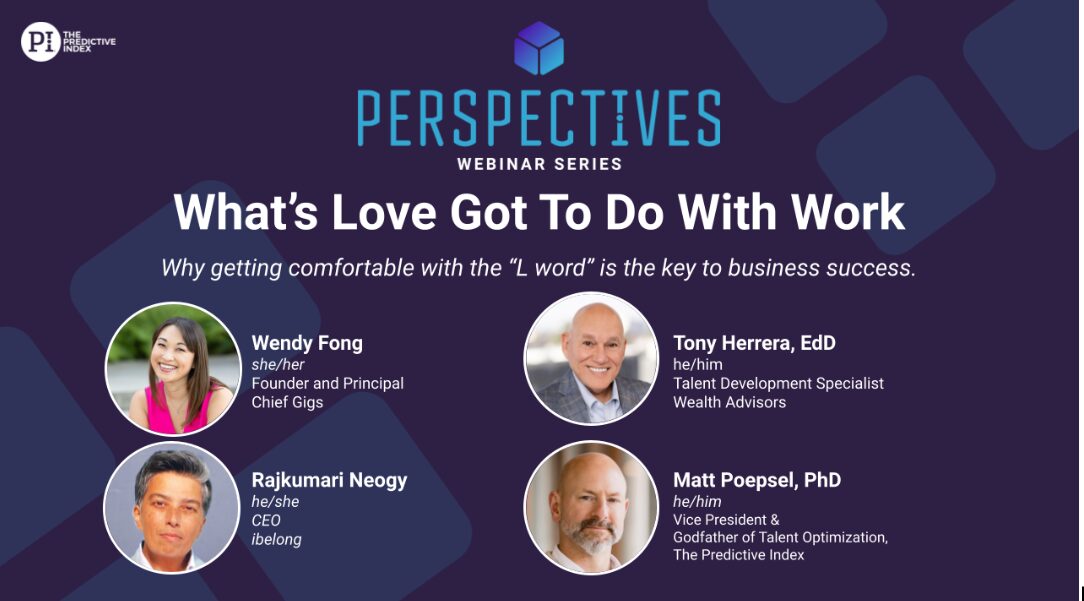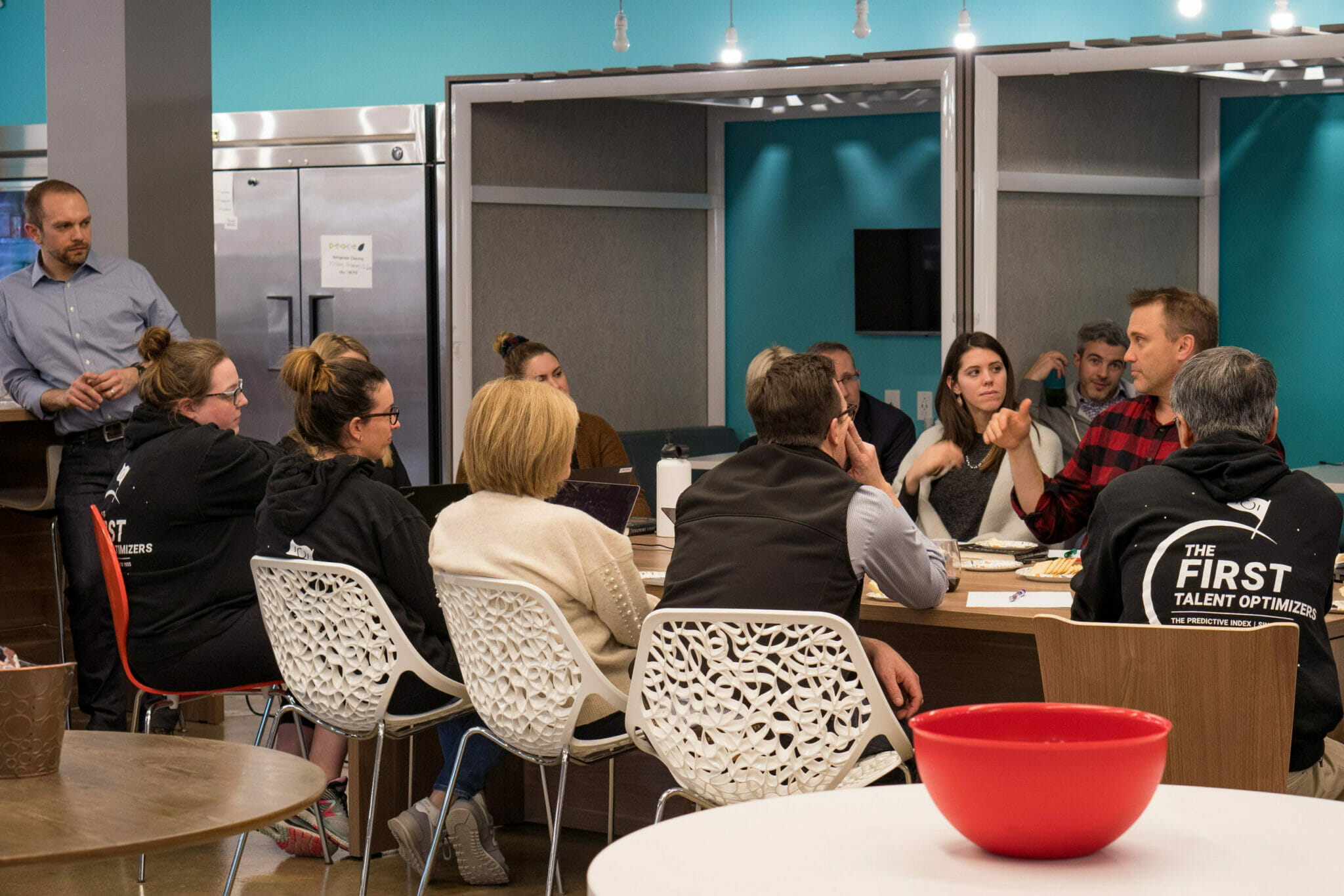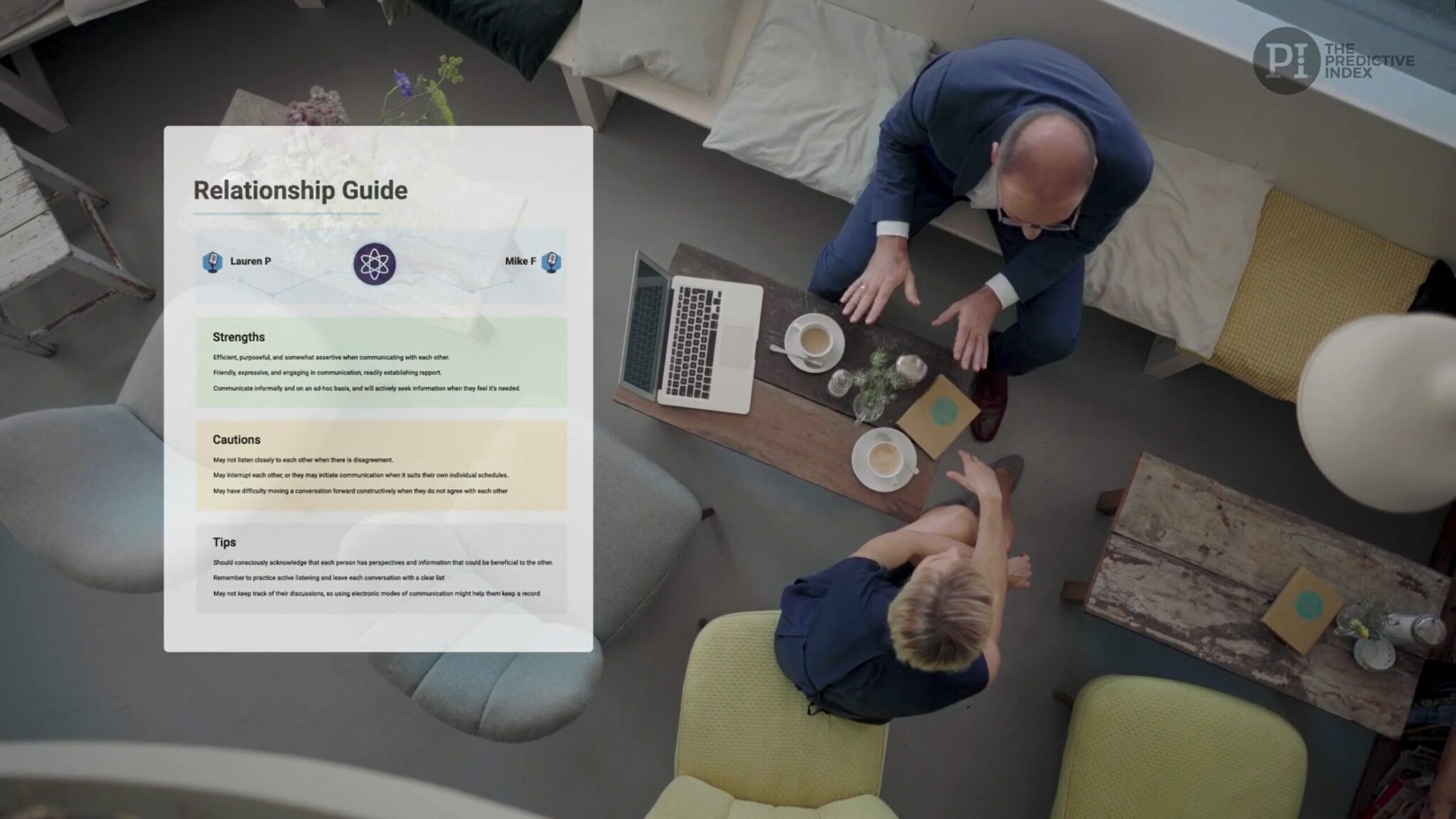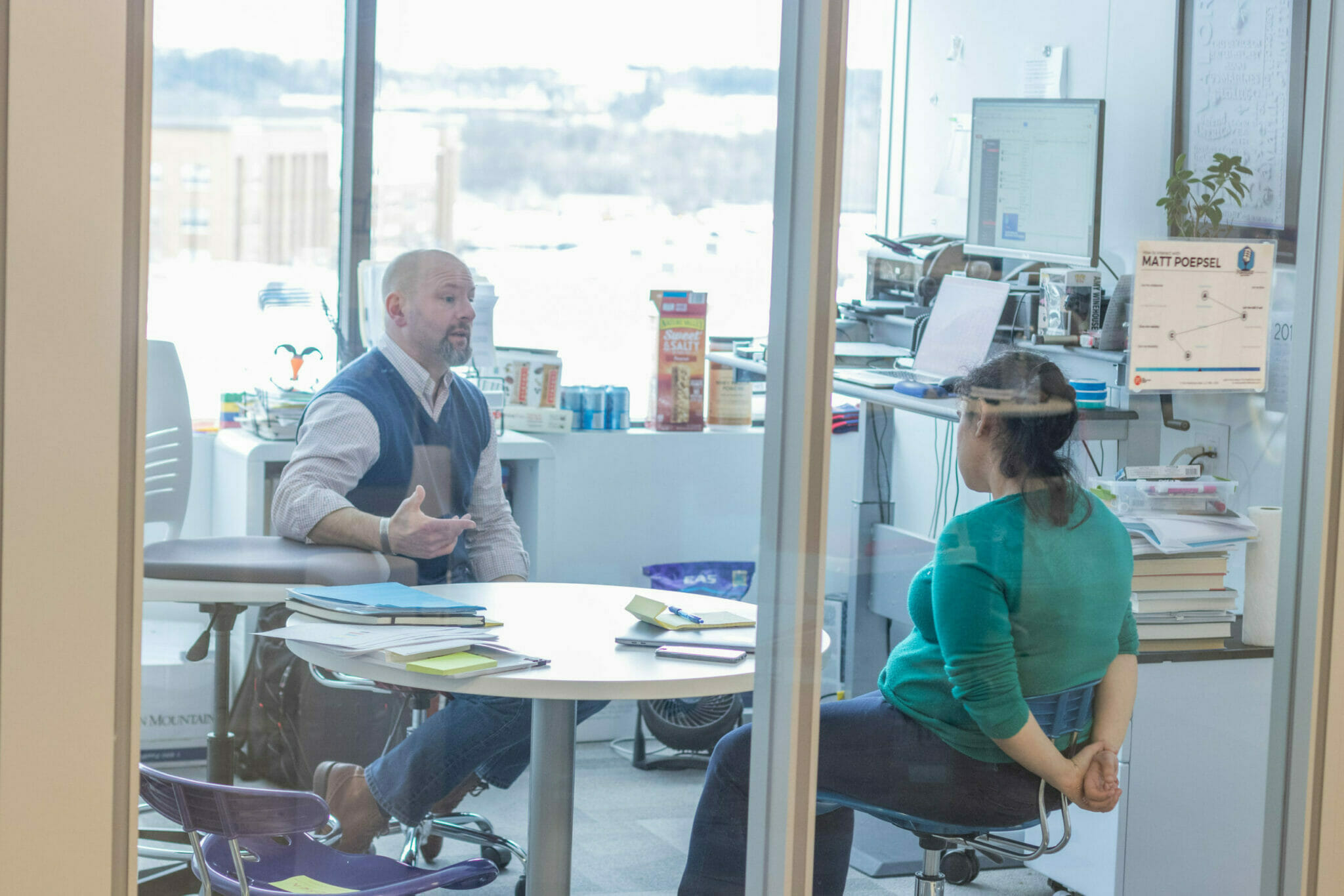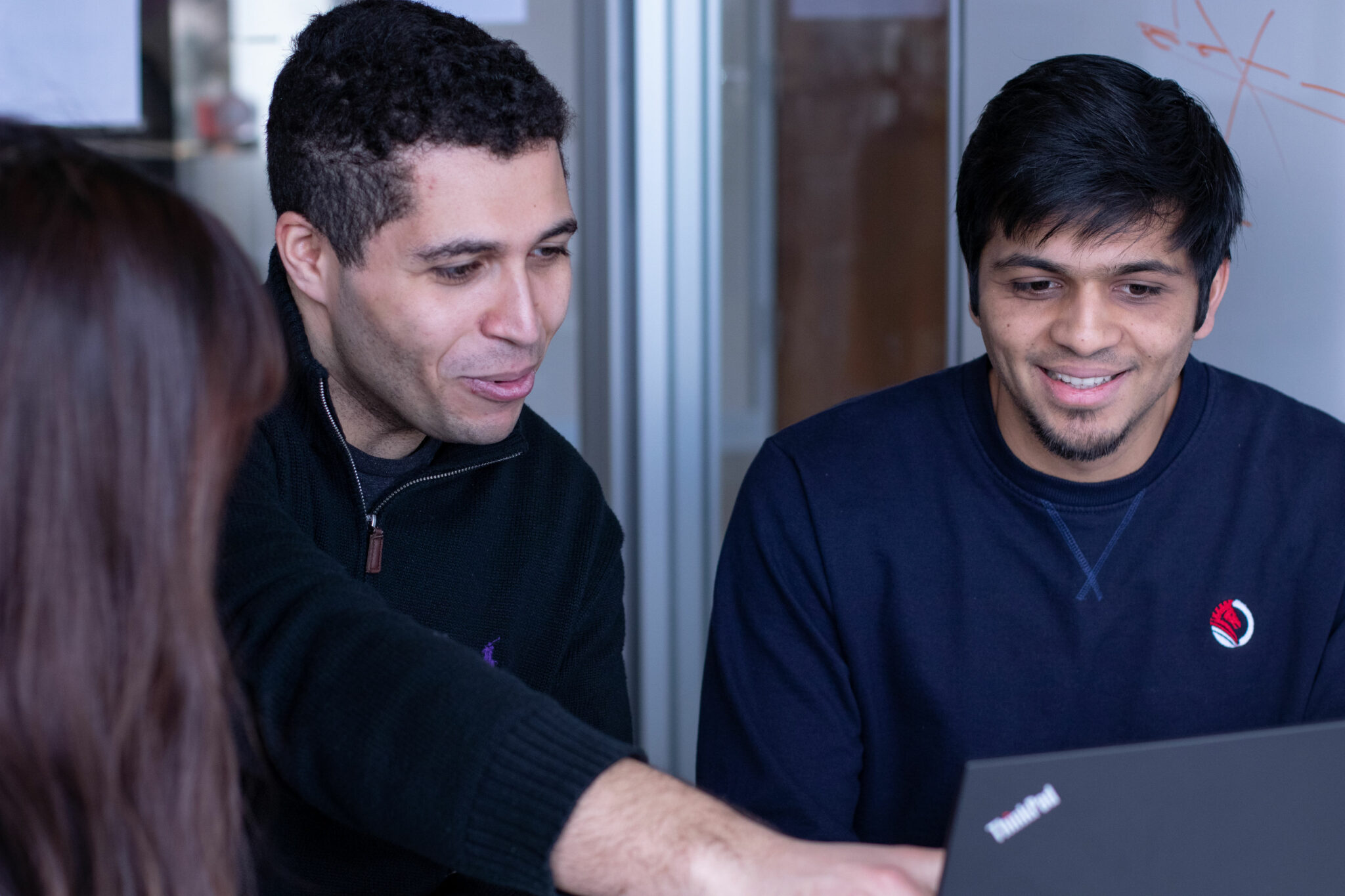By Greg Barnett, PhD
Once you’ve conquered your skeptics and have your talent assessment solution up and running, there are certain steps you’ll want to take to ensure things operate smoothly and with a level of quality and consistency that can be maintained throughout the program. After all, you’ve invested a lot of time and effort to get things going, so the last thing you want to do now is fall into the “set it and forget it” trap and just hope for the best.
In order for assessment programs to be successful, they need to be treated just like any other business-critical initiative, such as budgets, staffing needs or anything else that’s quantifiable. This means having a regular program review cycle. At the very least, you should be revisiting the basics of your program on annual basis, such as the overall results and where any improvements or regressions have taken place.
By regularly monitoring and maintaining the program, you’ll be in a better position to identify and address any early trends around what’s working and what isn’t. You’ll also be better prepared if and when a new business leader comes on board. They may want to know more about the tool and ask why it’s being used. If you’ve gone on auto-pilot with your assessments, you may find yourself struggling to answer this question, and at that point you might as well kiss the whole thing – including years of data and all that experience – goodbye, as the assessment is likely to be thrown out and replaced by another (which will likely be doomed to the same fate, unless a sustainable assessment initiative is put in place).
So, what are some ways you can keep your assessment initiatives from becoming stagnant? Start by considering how you can maximize the three most common phases of an assessment program, and then incorporate the necessary steps into your overall process.
Pre-hire. The first phase typically focuses on candidates and the pre-hire process. Organizations want to make sure they get the right people into the right roles in order to address any challenges they might be having in this area. But the value of the gathered assessment data can go so much further than the initial screening and interview process. Organizations that also incorporate regular reviews of any hiring trends over time as they relate to assessment data will be far better able to fine-tune and improve their hiring practices and results over time. For example, you may want to take a look at your talent sources to determine if you’re getting the right people from Monster or from Indeed, or if you’re finding your best people from word of mouth or friend recommendations.
Engagement. The second phase tends to focus on the existing employee workforce. This is where that same assessment data captured during the pre-hire phase is leveraged again, only this time with a view on enhancing employee engagement through things like individual performance, communication, and teamwork. By establishing and maintaining a process which enables managers to continually review and support talent through the lens of behavioral tendencies, companies are able to keep employee performance and engagement at its best.
Development. This third and final phase requires a look to the future by identifying the next level of leaders who will take on key roles to support sustained growth within your business. Assessment data cannot only help to identify high-potential individuals who are worthy of significant investment and development, it can also support succession planning, which is especially important in larger organizations where there’s the potential of many people rotating in and out of the workforce.
While the stagnation of an assessment initiative is likely to result when organizations fail to see and take advantage of the additional value that the data can provide beyond its initial application, it can also occur simply by not adjusting the initiative to any changes that take place in the business. Change happens frequently, and regular reviews and adjustments will enable your assessment program to stand the test of time and ensure your talent pool continues to be aligned with your organization’s evolving needs. So don’t take your eye off the ball or else you’ll run the risk of bringing in new people based on an old business model.
